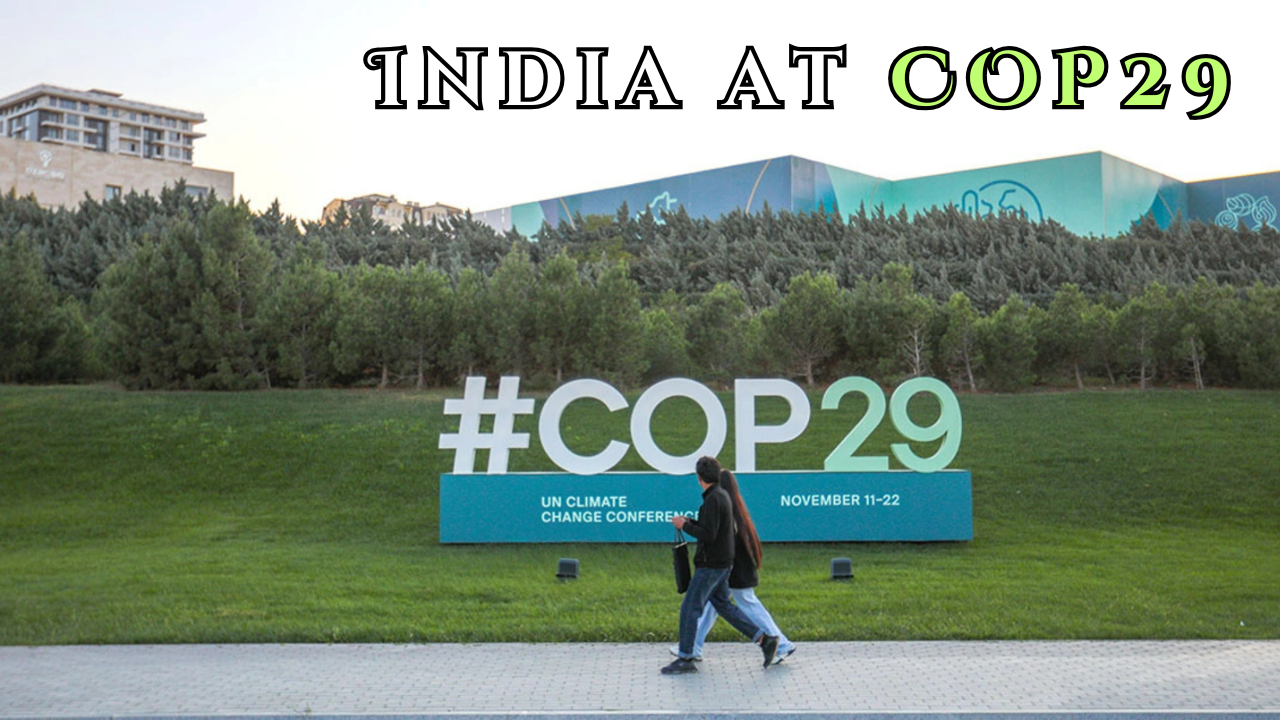Font size:
Print
Study on Arctic Vulnerability
Context:
A recent study has identified 20 regions in the Arctic as the most vulnerable to climate change, with permafrost being a common factor in all these areas.
More on News
Published in the journal Geophysical Research Letters, the study highlights the significant impact of climate change on these regions and the urgent need for focused climate adaptation strategies.
Key Findings
- The study, conducted by researchers from the Woodwell Climate Research Center, the University of Oslo, the University of Montana, the Environmental Systems Research Institute (Esri), and the University of Lleida, utilised over 30 years of geospatial data and long-term temperature records to assess indicators of ecosystem vulnerability.
- The analysis revealed that 16 of these hotspots are located in Eurasia, while the remaining four are in North America.
Factors Contributing to Warming
- Permafrost, which refers to soil or rock that has been frozen for at least two consecutive years, is a critical component of the Arctic and boreal regions.
- As temperatures rise due to climate change, permafrost thaws, releasing carbon emissions that have been locked in ice for thousands of years.
- This thawing process increases surface water, and flooding in some regions and poses a significant threat to the global climate, as it can lead to increased carbon emissions and further warming.
- As temperatures rise due to climate change, permafrost thaws, releasing carbon emissions that have been locked in ice for thousands of years.
- Changes in regional circulation patterns and the loss of snow and ice contribute to a feedback loop that accelerates warming.
- The study found drier conditions in some parts of the Arctic (e.g., Siberia and the Northwest Territories of Canada) and wetter conditions in others, such as Alaska’s Yukon-Kuskokwim Delta and central Canada.
Regional Impacts
- The study found that regions such as the far eastern Siberian tundra and central Siberia have experienced substantial land warming between 1997 and 2020.
- The tundra region, characterised by its lack of trees and short growing season, was more affected than the boreal forests, with 99% of the Eurasian tundra experiencing significant warming. In contrast, 72% of the Eurasian boreal forests were affected.
Need for Monitoring and Management
- The study emphasises the importance of detecting local and regional hotspots to create precise climate models and manage adaptation efforts.
- The researchers call for more focus on severe disturbances such as wildfires in the Arctic and better mapping of historical and present fire events in the Arctic-boreal zone.
Conclusion
The study underscores the complex ways in which the Arctic and boreal regions are responding to climate warming. By identifying the most vulnerable regions and understanding the role of permafrost, the research provides valuable insights for developing effective climate adaptation strategies.



